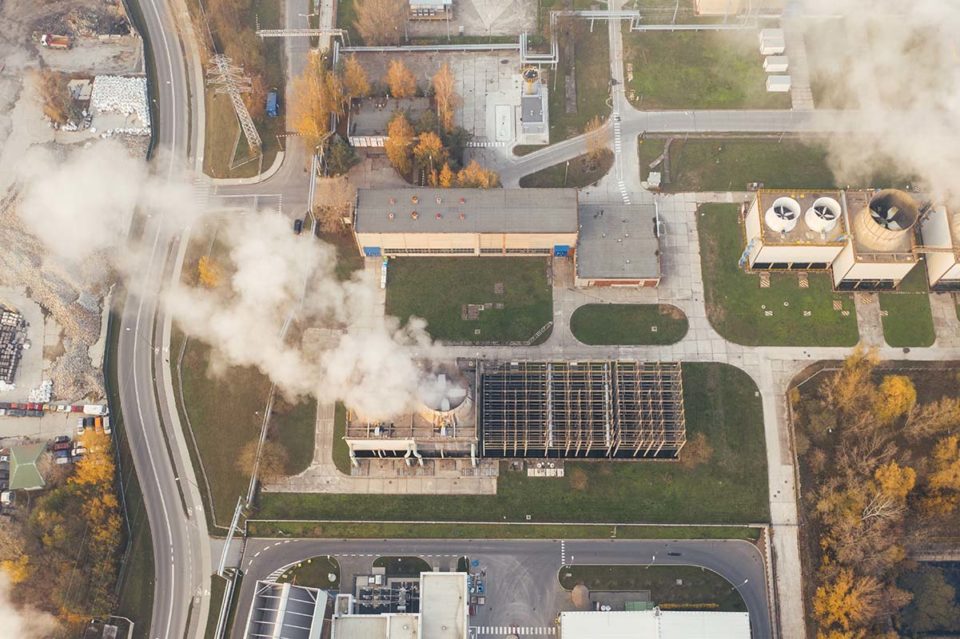How do Scope 1, Scope 2, and Scope 3 emissions vary, and what measures are companies doing to cut all three? Emissions in Scope 3 are the most challenging to track and reduce since they occur when customers use the company’s products in their own homes. Let’s learn more about what are scope 3 emissions. Emissions in Scope 3 are the most challenging to track and reduce since they occur when customers use the company’s products in their own homes.
Emissions of glasshouse gases may be classified as Scope 1 (the most severe), Scope 2 (moderate), or Scope 3 (lower yet). Businesses will need to cut emissions in all three areas if they are to achieve the global warming goals that have been agreed upon. Emissions in Scope 3 are the most challenging to track and reduce since they occur when customers use the company’s products in their own homes.
While the idea of glasshouse gas emissions is common knowledge, how well versed are you on the distinctions between “Scope 1,” “Scope 2,” and “Scope 3” emissions? Companies and other organizations are under growing pressure to detail their efforts to cut emissions of all three forms of glasshouse gases.
Scopes 1, 2, and 3 Were Created Because Of the Work of the Glasshouse Gas Protocol
The major aim of the Paris Agreement is to limit the rise in average global temperature to far below 2 degrees Celsius, and the purpose of classifying emissions into three groups is to help evaluate whether or not we are making sufficient progress towards the drastic cuts that are needed to accomplish this aim.
Scope 1 Emissions
When a company uses resources that it owns or controls entirely, such activity results in what are called “direct” emissions. Equipment used in manufacturing, transportation or even the heating of houses and usage of computers might all be potential sources.
Emissions within Scope 2
Since these gases are released during the production of the energy a company uses, they are classified as “indirect” emissions. One approach for a company to lower its Scope 2 emissions is to switch from using power generated by burning fossil fuels to using electricity generated by solar panels or other renewable energy sources.
Scope 3 Emissions Are Often the Largest Overall
Scope 3 emissions are often the largest overall. These glasshouse gas protocols are shown. These emissions are also indirect since they are not produced by the company. Scope 3 emissions, as contrast to Scope 2, include those caused by end users of the company’s products or by the manufacturers of the company’s inputs. Emissions from sources inside to the organization are excluded under Scope 2.
There’s no easy way to tell which of these three concerns is the most pressing, yet doing so is usually essential. Scope 1 and 2 emissions are easier to measure, and companies may take steps to minimize them, such as switching to renewable energy or electric vehicles. Scope 3 emissions, on the other hand, are within the purview of the company’s suppliers or customers and are therefore affected by factors external to the business itself.
Conclusion
This means that the whole business model, also known as the value chain, must be tracked, from the suppliers to the end users, if Scope 3 emissions are to be accurately measured. The United States Environmental Protection Agency (EPA) states that there are options to reduce Scope 3 emissions even when an organization does not have direct control over them.

